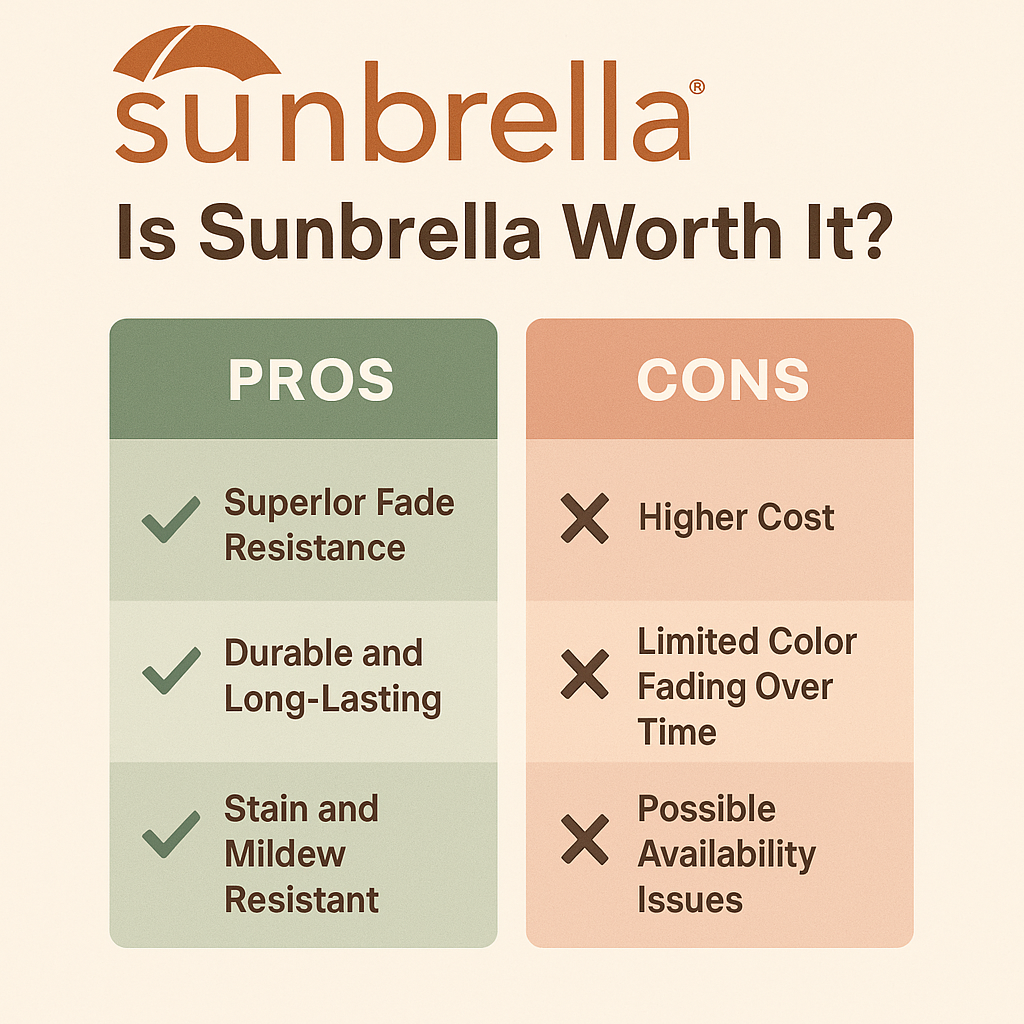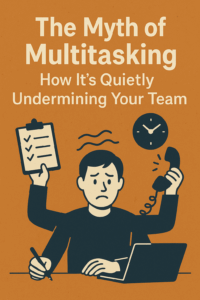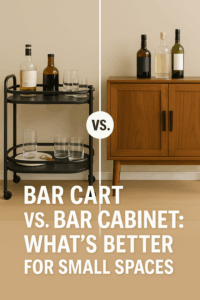You’ve likely seen the name Sunbrella while shopping for outdoor cushions, umbrellas, or patio seating—and if you’re paying attention, you’ve probably noticed it comes with a price premium. So, is Sunbrella worth it?
In a word: yes—but only if you value long-term durability, colorfastness, and low maintenance. For certain climates, use cases, and budgets, it’s a smart investment. Let’s break down why (and when) Sunbrella is worth the splurge—and when it might not be.
What Makes Sunbrella Different?
Sunbrella is a solution-dyed acrylic fabric designed for outdoor performance.
Core Advantages:
- Fade resistance: UV-stable pigments are built into the fiber before it’s spun, not printed or coated on the surface.
- Mold & mildew resistance: Acrylic doesn’t absorb water, and the fabric breathes.
- Stain resistance: The fibers repel spills and are bleach-cleanable.
- Longevity: Typically lasts 5–10+ years with full sun exposure.
- Softness: Unlike most high-performance fabrics, Sunbrella is comfortable and stylish enough for indoor use too.
When Sunbrella Is Worth It
☀️ You Live in a Sunny, Harsh Climate
- Think: Arizona, Florida, Southern California, the Caribbean
- Standard fabrics fade or degrade in a single season. Sunbrella holds its color.
💦 You Have a Pool, Oceanfront Property, or High Humidity
- Resistant to chlorine, salt air, and constant moisture.
- Ideal for outdoor lounges, cabanas, and marine upholstery.
🧼 You Want Low-Maintenance, Long-Term Use
- Bleach-cleanable. Won’t mold or mildew easily.
- Wipes clean with soap and water—even after red wine or bird droppings.
💰 You’d Rather Buy Once Than Replace Often
- Sunbrella may cost 2–3x more upfront, but can last 3–4x longer than polyester or cotton blends.
- Total cost of ownership is often lower over 10 years.
When Sunbrella Might Not Be Worth It
🏡 You Only Use Furniture Occasionally
- If your outdoor space is seasonal or rarely used, you may not need the extreme durability.
🏖 You Keep Furniture in Full Shade or Covered
- Less exposure = slower fading. Polyester or olefin may work fine here.
💸 You’re On a Tight Budget
- For short-term setups or high-turnover rentals, a cheaper fade-resistant alternative like olefin may make more sense.
What You’re Really Paying For
| Feature | Sunbrella | Basic Polyester or Cotton Blends |
|---|---|---|
| Fade Resistance | Excellent (5–10+ yrs) | Poor (1–2 yrs) |
| Water Resistance | Excellent | Moderate |
| Mold/Mildew Control | Excellent | Low |
| Cleaning Ease | High (bleach-safe) | Low to moderate |
| Touch/Feel | Soft & breathable | Varies |
FAQs
Q: Is Sunbrella fabric really fade-proof?
A: Not technically—but it comes very close. Expect 5–10 years of rich color, even in full sun.
Q: Does Sunbrella feel rough or plastic-like?
A: No. Unlike PVC mesh or coated polyester, Sunbrella has a soft, woven texture—comfortable for daily use.
Q: Is it safe to clean Sunbrella with bleach?
A: Yes. It’s one of the few outdoor fabrics that’s bleach-cleanable without degrading.
Q: Is Sunbrella worth it for umbrellas?
A: Definitely. Umbrellas take the brunt of sun exposure, and lesser fabrics fade quickly.
Conclusion
Sunbrella is worth it if you care about longevity, color retention, and low maintenance in your outdoor fabrics. For homeowners in sunny or humid climates—or anyone tired of replacing cushions every two years—it offers true peace of mind.
If you’re buying furniture that will be exposed, used regularly, or needs to look good season after season, the upfront investment pays off.
Sunbrella isn’t just a fabric. It’s an insurance policy against sun damage, fading, mildew, and regret.




